Member postings for Bob Wilson
Here is a list of all the postings Bob Wilson has made in our forums. Click on a thread name to jump to the thread.
| Thread: Retiring |
| 28/08/2023 15:47:28 |
Thank you. The ship is the Furness Withy iron ore carrier Sagamore. They were in the same group as Manchester Liners. I spent two years in her - Bob
|
| 28/08/2023 14:37:57 |
Thank you - |
| 28/08/2023 13:39:17 |
Some of my drawings. |
| 28/08/2023 13:35:59 |
|
At 79, I am now beginning to feel my age more and more, with all the restrictions that go with it. I said some time ago that am now badly affected by glue fumes. After exhaustive tests, including pushing a small camera into my lungs, they could not find anything specific, and I was consequently discharged. After two or three months of no ship modelling, my breathing is much improved! In view of this, I decided to retire from model shipbuilding. I am also suffering from general feelings of fatigue that I suppose go hand-in-hand with old age. The stress of dealing with a continuous stream of requests for models has been wearing me down for some years now since I stopped taking private commissions. I am now looking forward to taking it easy in my new direction. These are my last two major models, 4-masted barque Olivebank an tramp steamer Baron Vernon. |
| Thread: Building Maritime Dioramas |
| 01/07/2023 19:52:27 |
Thanks - Here is a prison hulk, and HMS Carcass stuck in the ice whilst trying to find the Northwest Passage |
| 01/07/2023 09:51:58 |
And here is a shipwreck from a Skeleton Coast diorama - |
| 01/07/2023 09:45:34 |
Here is a Thames diorama of the collier Errington Dunford with a coal barge and a sailing barge alongside - Edited By Bob Wilson on 01/07/2023 09:46:11 |
| 01/07/2023 09:41:29 |
I have built a few dioramas, but they seldom generate much interest from fellow model shipbuilders - probably because I only deal with merchant ships - Here is a diorama of a tramp steamer, bunkering from a coal hulk. Also a coal barge from another diorama - |
| Thread: Sinking Models |
| 26/06/2023 10:01:09 |
Hi Richard, A shipmate of mine bullt it, plank on frame. It sailed well, but the main hatch came off and down it went. We had been diverted to Antwerp for discharge by a Southampton dock strike. 22 of us, skeleton crew for a 27,000 ton passenger liner - Very eerie with no-one about in the passenger spaces. We recovered it next day with string & grapple. I am pretty much "washed up" these days. Allergic to glue fumes and aches and pains from coughing etc. Can't see me building many more models, now aged 79. Bob |
| 25/06/2023 10:51:36 |
Glug Glug - Antwerp docks - 1968 - |
| Thread: My Clyde Puffer |
| 20/03/2023 11:33:01 |
Bob |
| 20/03/2023 09:45:19 |
The plating on puffers was quite prominent. They were strongly built so they could safely be left to "dry out" when the tide went out, and discharged by horses and carts on the beach. I measured the plating on a 7,000ton 1944 built cargo ship that I was on a long time ago, and it was one inch. Years later, on a 33,000 ton tanker, completed in 1977, the plating was only 5/8th inch! On all the puffers that I saw, the plating was very heavy, and I believe that one inch would be quire common. I plate my miniarures at 32 feet to 1 inch, so a larger scale puffer without plating would look rather bare. Here is a puffer example: **LINK** |
| 19/03/2023 14:19:07 |
That is looking pretty good now. The plating was probably about one inch thick, so you can work out how thick the card should be from your scale. Bob
|
| Thread: Editor Gives Permission to Copy Plans & Construction Articles |
| 25/02/2023 14:37:25 |
Copyright remains with the person who drew up the plans, unless they have sold it on. It has always been OK to copy plans for personal use, but it would not be right to copy them in bulk and sell multiple copies.
|
| Thread: Can anyone help me please? |
| 14/02/2023 14:46:31 |
Why not just get a photograph of one on the internet and make up your own design. After all,, they are completely enclosed, so you have no internal work to do.
|
| Thread: RMS Transvaal Castle |
| 28/01/2023 11:33:26 |
Jim The Castles were always painted that colour, but the Union Liners were black. When the companies merged, they just decided on lavender grey as it looked good, and chose Castle names for the ships. Union Line had rather unnattractive names such as Gaul, Goth, Gaika etc. The most popular hull colours when I first went to sea in 1961 were black, white and grey. I never liked white hulls as they often got marked by fenders or rust. I felt that grey was rather too drab to be really effective. I preferred black or green myself. But sailed in black, white, lavender, yellow, green and blue hulls, but oddly enough, never a grey one that were almost as popular as black. Can't beat black with a white stripe, in my opinion - Bob Edited By Bob Wilson on 28/01/2023 11:34:22 |
| 28/01/2023 11:07:58 |
Hi Jim, Thanks. Yes, the route was Southampton, Las Palmas, Cape Town, Port Elizabeth, East London, Durban, and back the same way with an added call at Madeira on the way back. The Union-Castle Line was formed in 1900 by the merger of the Union Line and the Castle Line. They were all sold in 1978 because of rising fuel costs, as most of them were steamships. I then moved to St Helena Line that took over the passenger/cargo mail service. The Castles were very famous in their day. We had a round Africa Service as well, from London, through the Med, down the East African coast, and back via Durban, Cape Town, St Helena and Ascension Island Here is a model of one of the old ones, built by myself - Braemer Castle. With declining interest in such things, I am now well into phasing out my model shipbuilding activities n favour of drawing, because although there is not much interest in them either, they are much easier to store, and I can run off a print quite easily. Bob Edited By Bob Wilson on 28/01/2023 11:08:41 |
| 28/01/2023 10:38:31 |
My latest drawing - The first passenger liner in which I served - joining in early 1965 when the ship was only three years old! |
| Thread: My Clyde Puffer |
| 14/01/2023 11:59:06 |
Jim, Thanks for comments. When I did plank-on-frame, I used to start from the top and work down, but after getting a few planks on the top, I would also start from the keel upwards, and then a few more on the top etc the intention being to meet just under the turn of the bilge. Filler should get all the lumps out ready for the plating. For me, the most interesting part has been the fitting out of the fine detail and superstructure. I have to do some work outside, which is why I do not do much in the winter months as it is too cold. But working inside, I come across the problem of glue fumes and dust that affect me badly these days. Consequently, plan drawing is an extremely good alternative - non toxic and no dust, and can be done inside with no mess to clear up. Bob |
| 14/01/2023 09:00:34 |
I have been mortifying people for years with similar "rough" methods, but they enable me to work a lot faster, and when covered up, all the rough disappears, and allows collectors to obtain good models at a fraction of the price that they would have to pay top craftsmen in the field. I am at present winding up my ship modelling activities, and last week quite easily sold four models for a couple of thousand pounds or so to free up space. Anything I build from now on will be "behind closed doors" and purely for my own amusement, although I may display them when complete. I am concentrating more on drawing and writing from now on, as it requires less physical energy, but keeps my brain and eyes working. I am already feeling the benefits of this withdrawal, as at almost 79, I feel like a change, although I remain interested in the subject, and your puffer is coming along well, and appeals to me very much. I fill in the rough bits with wood filler. Bob Baron Vernon complete (above) and "in the rough" (below) |
Want the latest issue of Model Boats? Use our magazine locator link to find your nearest stockist!
 Make sure you never miss out on the latest news, product reviews and competitions with our free RSS feed
Make sure you never miss out on the latest news, product reviews and competitions with our free RSS feed

We welcome well written contributions from Website members on almost any aspect of Model Boating with a particular emphasis on practical hints, tips, experience and builds.
In order to maintain a consistent standard and format, all suggestions should first be sent to me by Personal Message for approval in principle. Only a very limited amount of time is available for editing contributions into a suitable format for placing on the website so it is important that the material is well presented, lucid and free from obvious spelling errors. I think it goes without saying that contributions should be illustrated by appropriate photos. I shall be happy to give advice on this.
The Member Contribution area offers space for short informative mini articles which would not normally find a place in Model Boats magazine. It is an opportunity for Website Members to freely share their expertise and experience but I am afraid that virtue is its own reward as there is no budget to offer more material recompense!
I look forward to receiving your suggestions.
Colin Bishop - Website Editor
Model Boats Magazine
- Landing Craft Mini PLan
- Riva Aquarama Build
- Scale Colour, Sound & Speed
Digital Editions
- Access your digital editions
Subscribe Now
- Every issue delivered right to your door
Renew Now
- Save & never miss an issue!
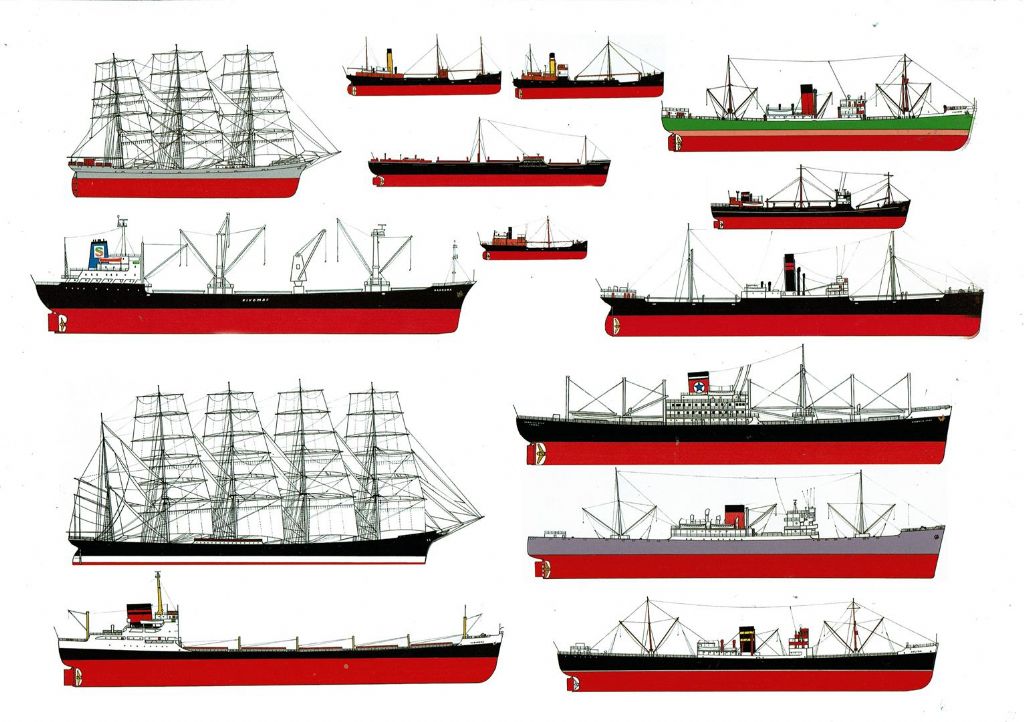
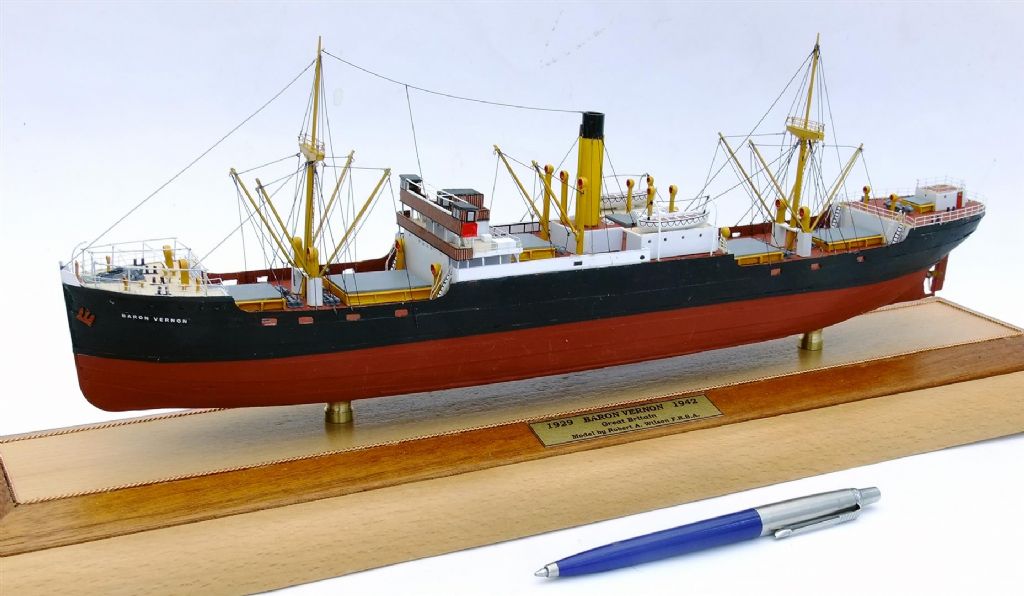
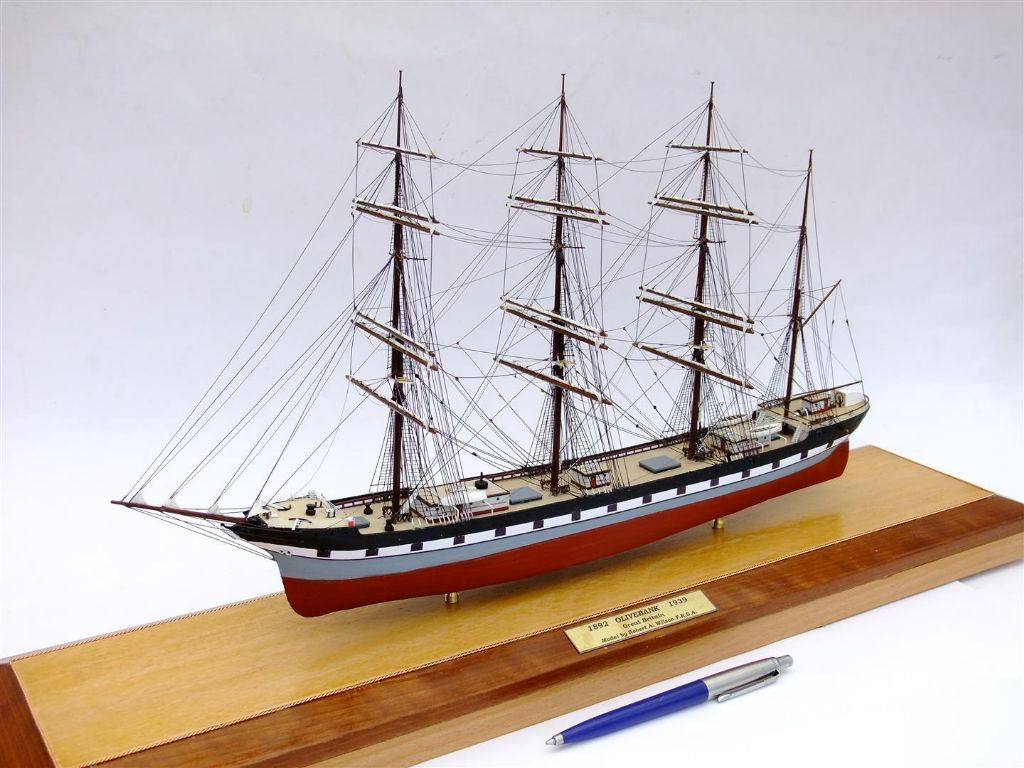
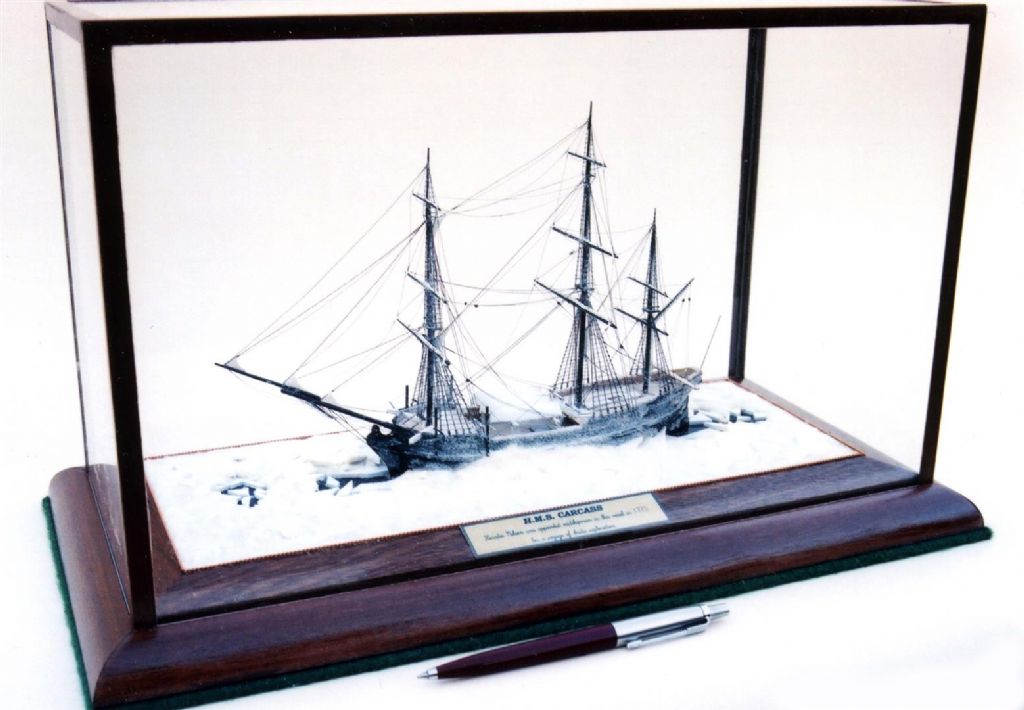
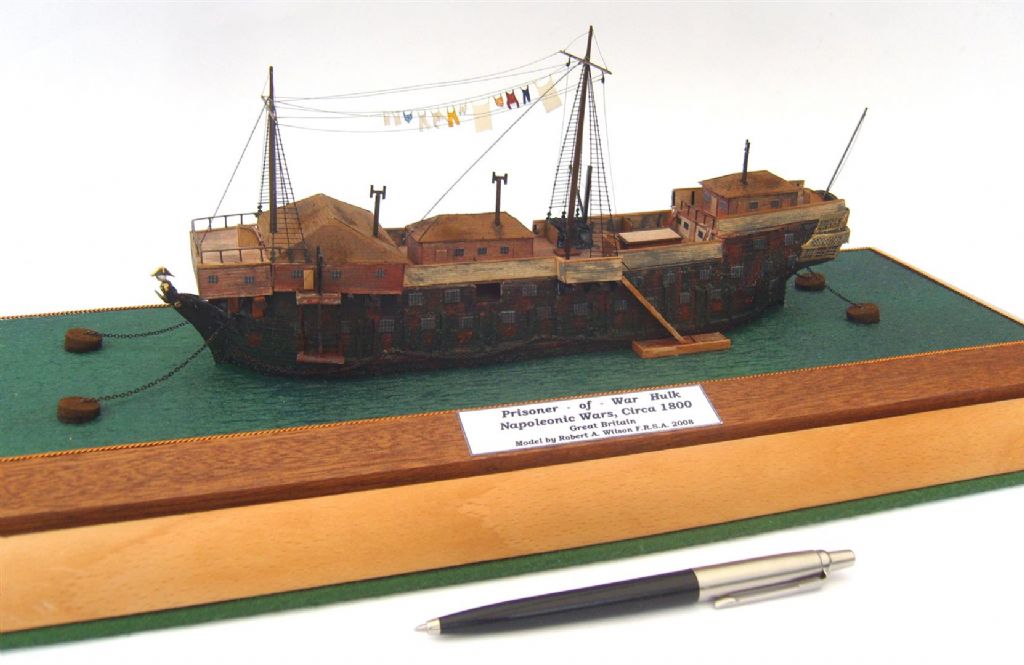
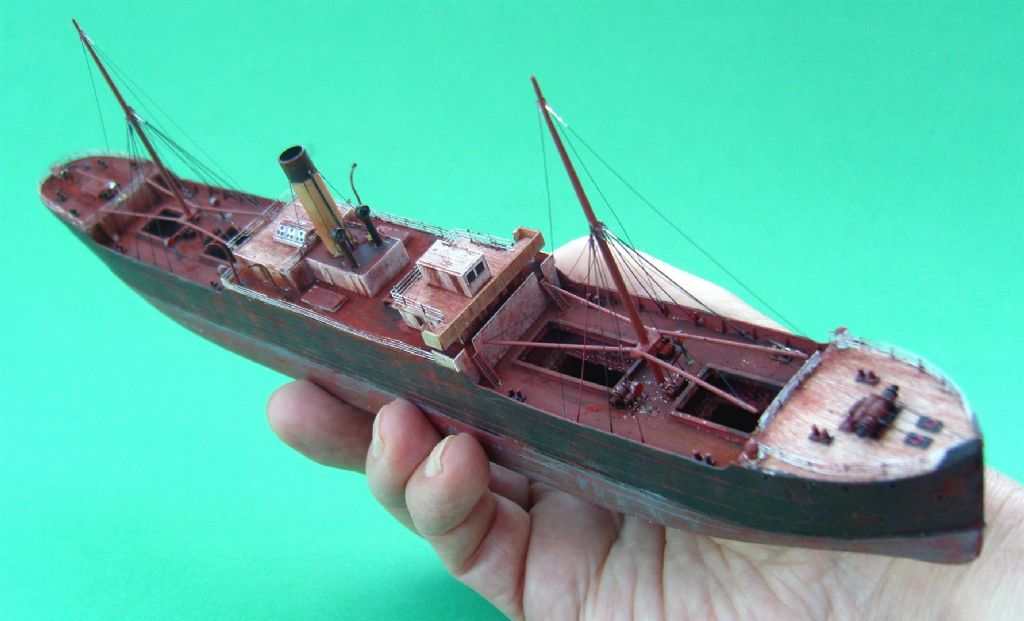
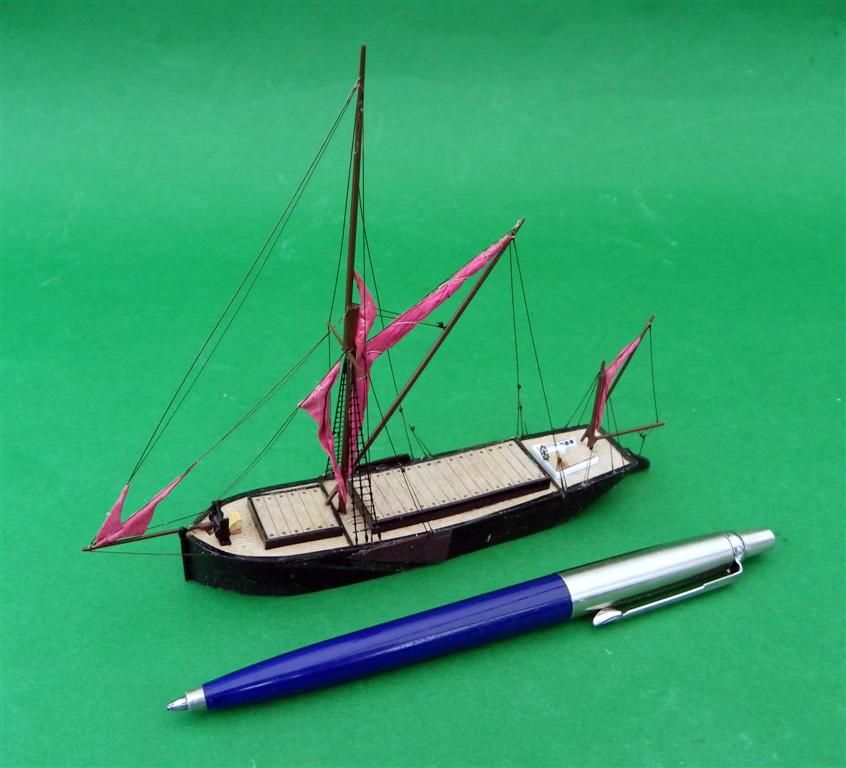
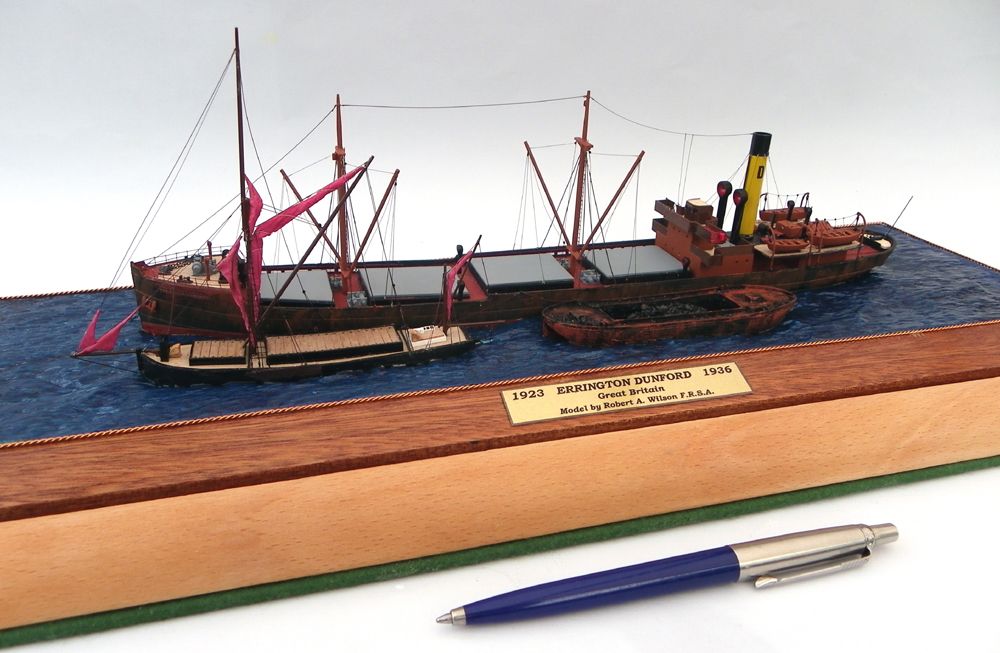
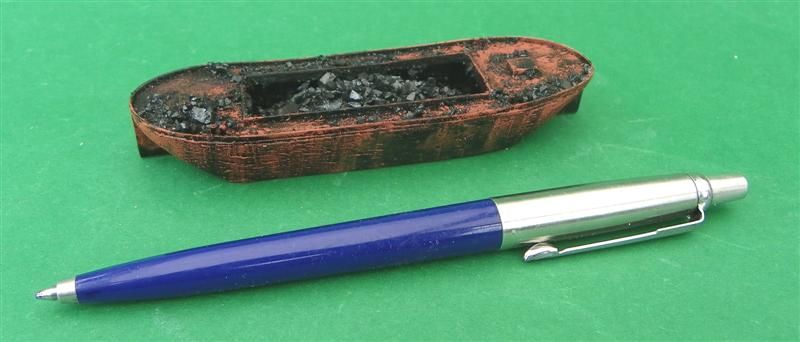
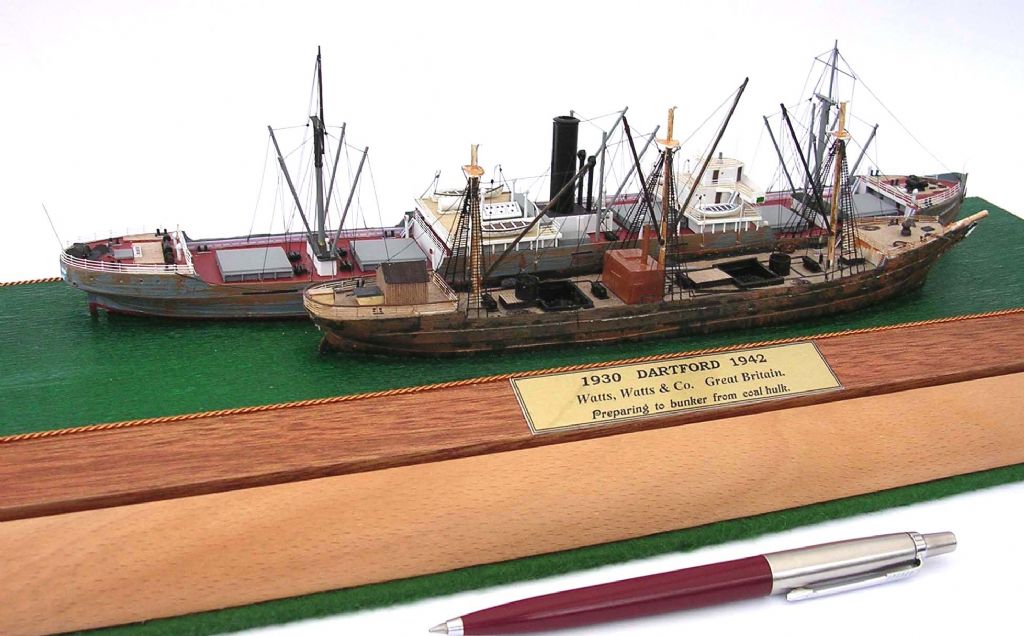
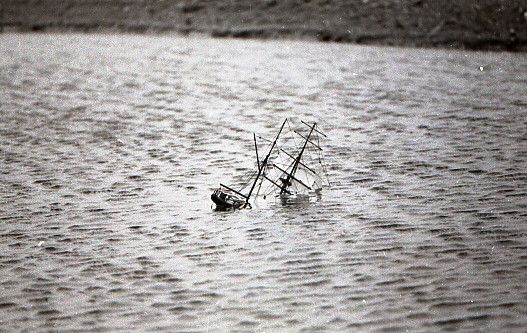
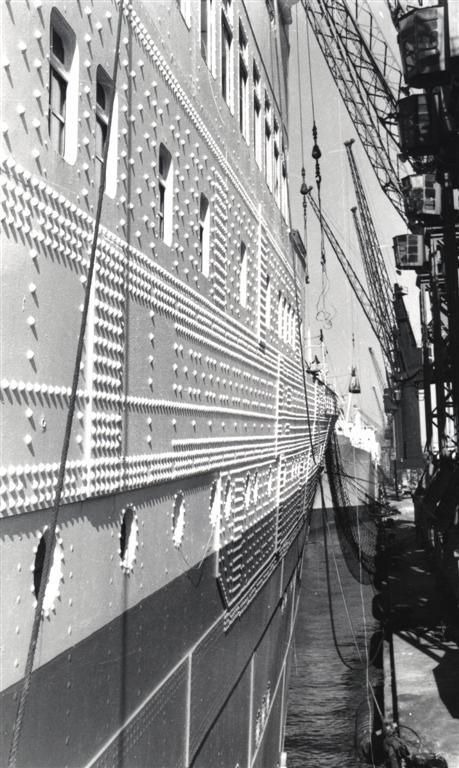
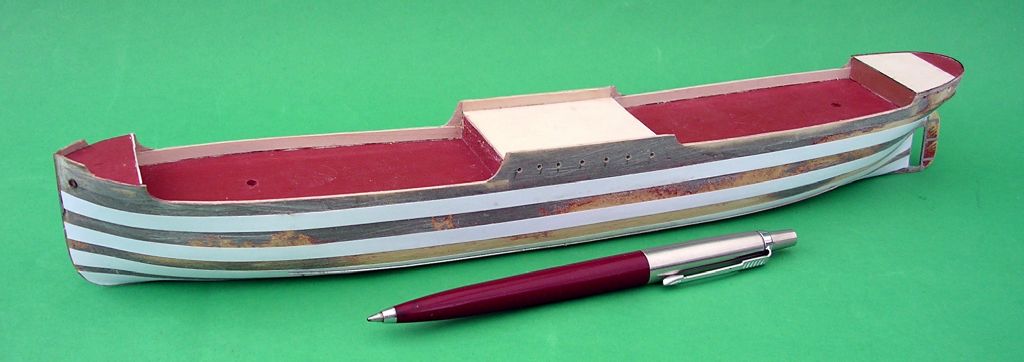
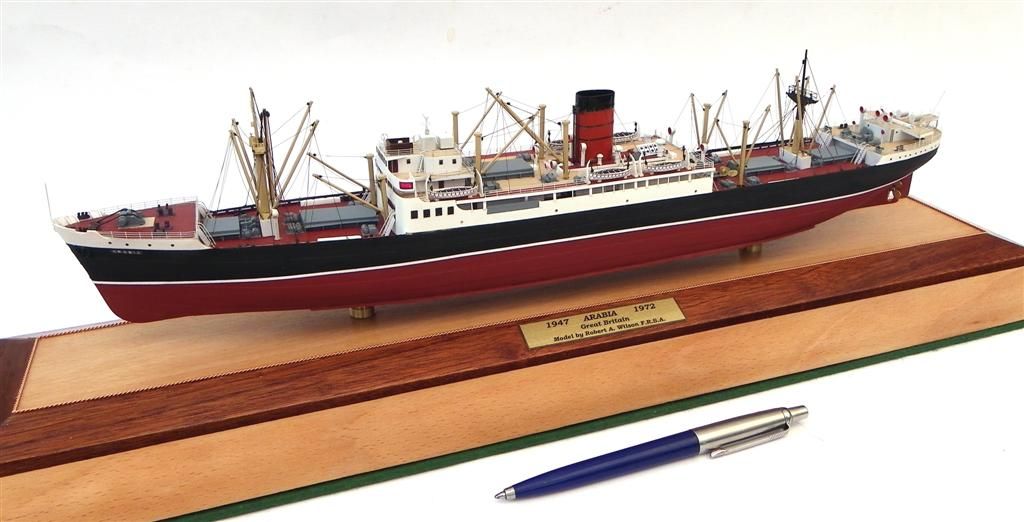
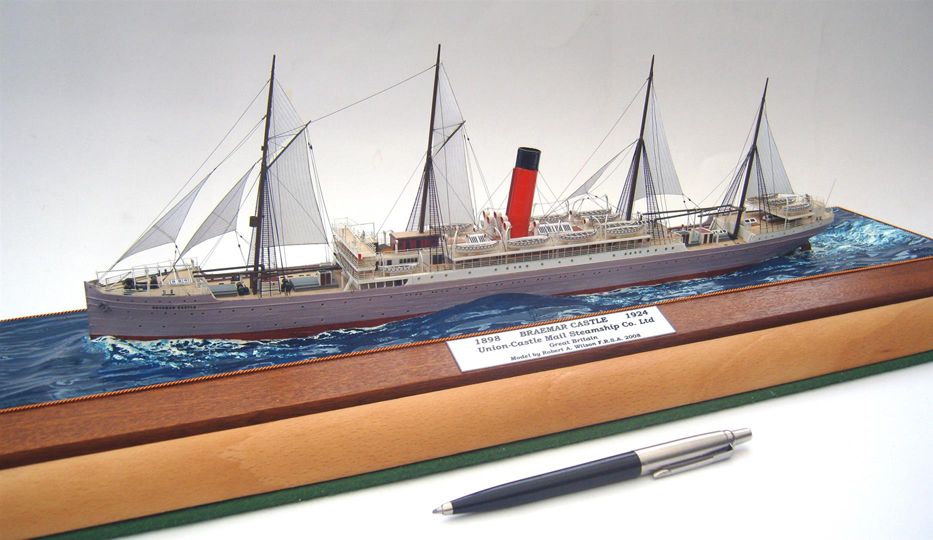
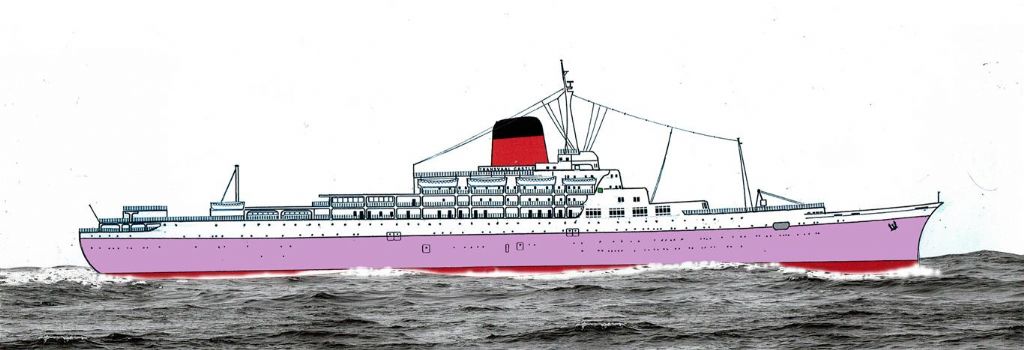
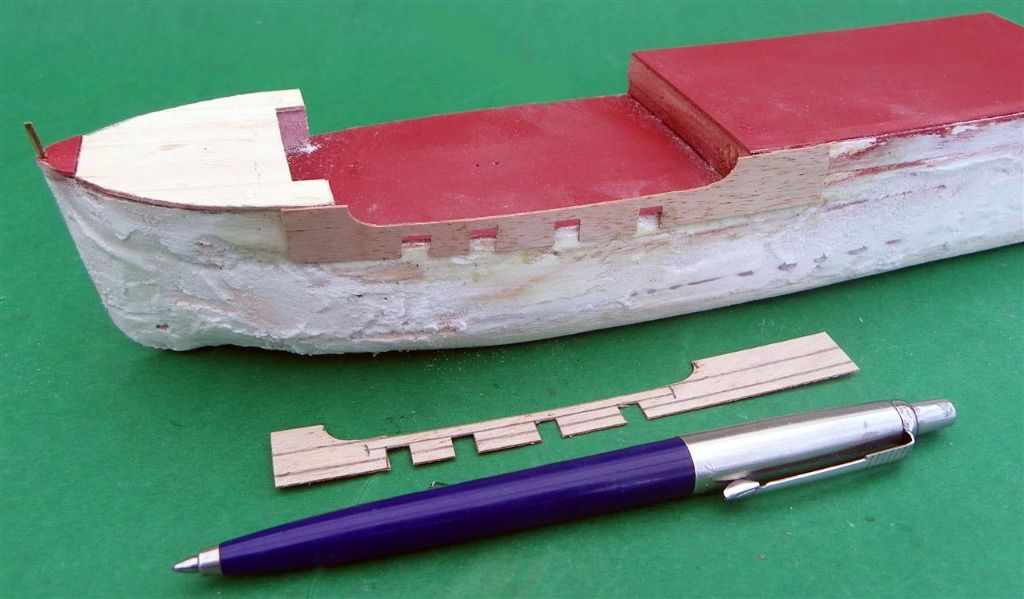










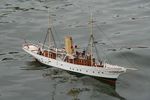
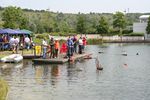

 Register
Register Log-in
Log-in



